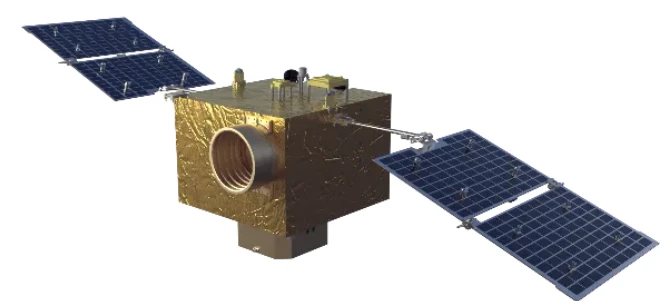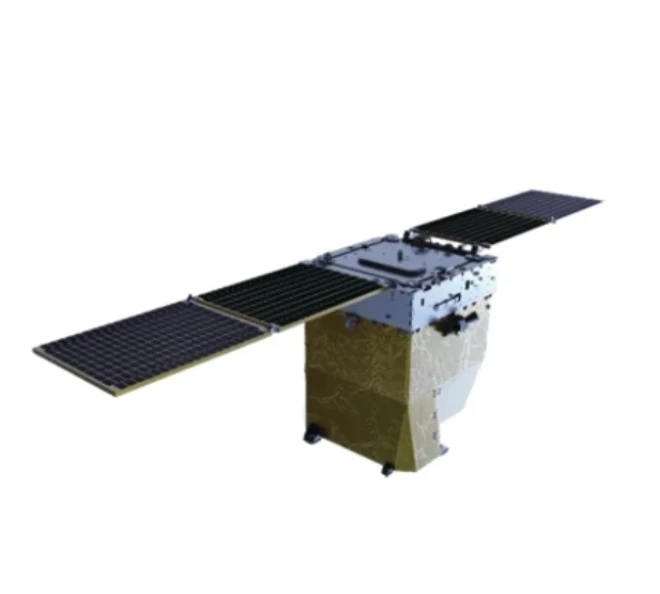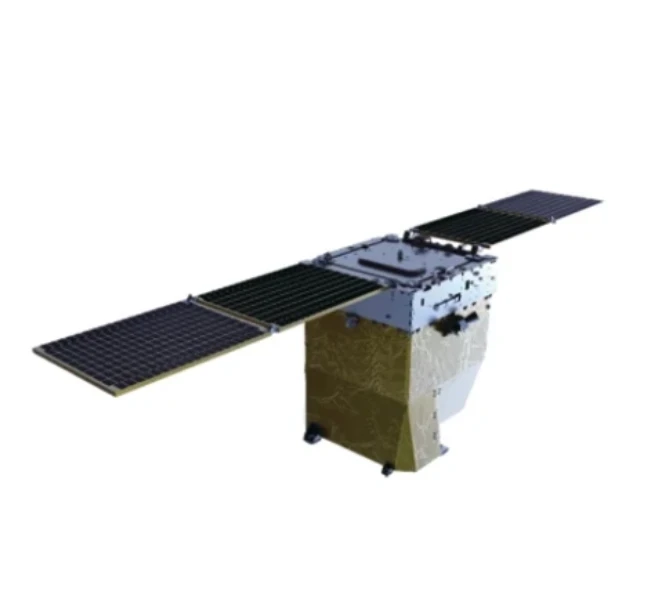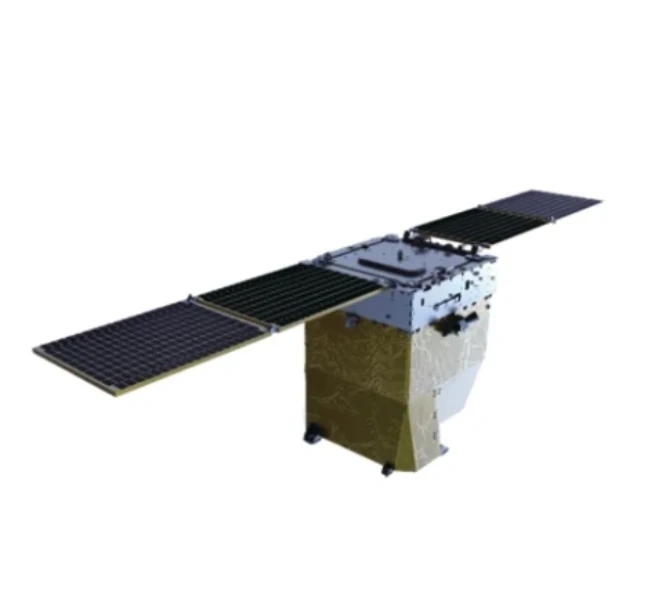
- Afirika
- Chialubaniya
- Chiamharic
- Chiarabu
- Chiameniya
- Chiazerbaijani
- Basque
- Chibelarusi
- Chibengali
- Chibosnia
- Chibugariya
- Chikatalani
- Cebuano
- China
- Chikosikani
- Chikroatia
- Chicheki
- Chidanishi
- Chidatchi
- Chingerezi
- Chiesperanto
- Chiestonia
- Chifinishi
- Chifalansa
- Chifrisian
- Chigalikiya
- Chijojiya
- Chijeremani
- Chigriki
- Chigujarati
- Chikiliyo cha ku Haiti
- Hausa
- Hawaii
- Chiheberi
- Ayi
- Miao
- Chihangare
- Chi Icelandic
- igbo
- Chi Indonesian
- ayi
- Chitaliyana
- Chijapani
- Chijavani
- Kanada
- kazakh
- Khmer
- Rwanda
- Chikorea
- Chikurdi
- Kyrgyz
- Ntchito
- Chilatini
- Chilativiya
- Chilithuania
- ChiLuxembourgish
- Chimakedoniya
- Chimalagasi
- Chimalayi
- Malayalam
- Chimalta
- Chimaori
- Chimarathi
- Chimongoliya
- Myanmar
- Chinepali
- Chinorwe
- Chinorwe
- Occitan
- Pashto
- Chiperisi
- Chipolishi
- Chipwitikizi
- Chipunjabi
- Chiromania
- Chirasha
- Chisamoa
- Scottish Gaelic
- Chisebiya
- Chingerezi
- Chishona
- Sindi
- Sinhala
- Chisilovaki
- Chisiloveniya
- Somalia
- Chisipanishi
- Chisundanese
- Swahili
- Chiswidishi
- Chitagalogi
- Tajiki
- Tamil
- Chitata
- Telugu
- Thai
- Turkey
- Turkmen
- Chiyukireniya
- Chiurdu
- Uighur
- Chiuzbeki
- Vietnamese
- Chiwelesi
- Thandizeni
- Chiyidi
- Chiyoruba
- Chizulu
A Complete Guide to Camera Resolution
In today's image-driven world, kamera kusamvana has become one of the most important factors when choosing a camera. Whether you're a professional photographer, content creator, or casual user, understanding what digital camera resolution means — and how it affects image quality — will help you make the best choice.
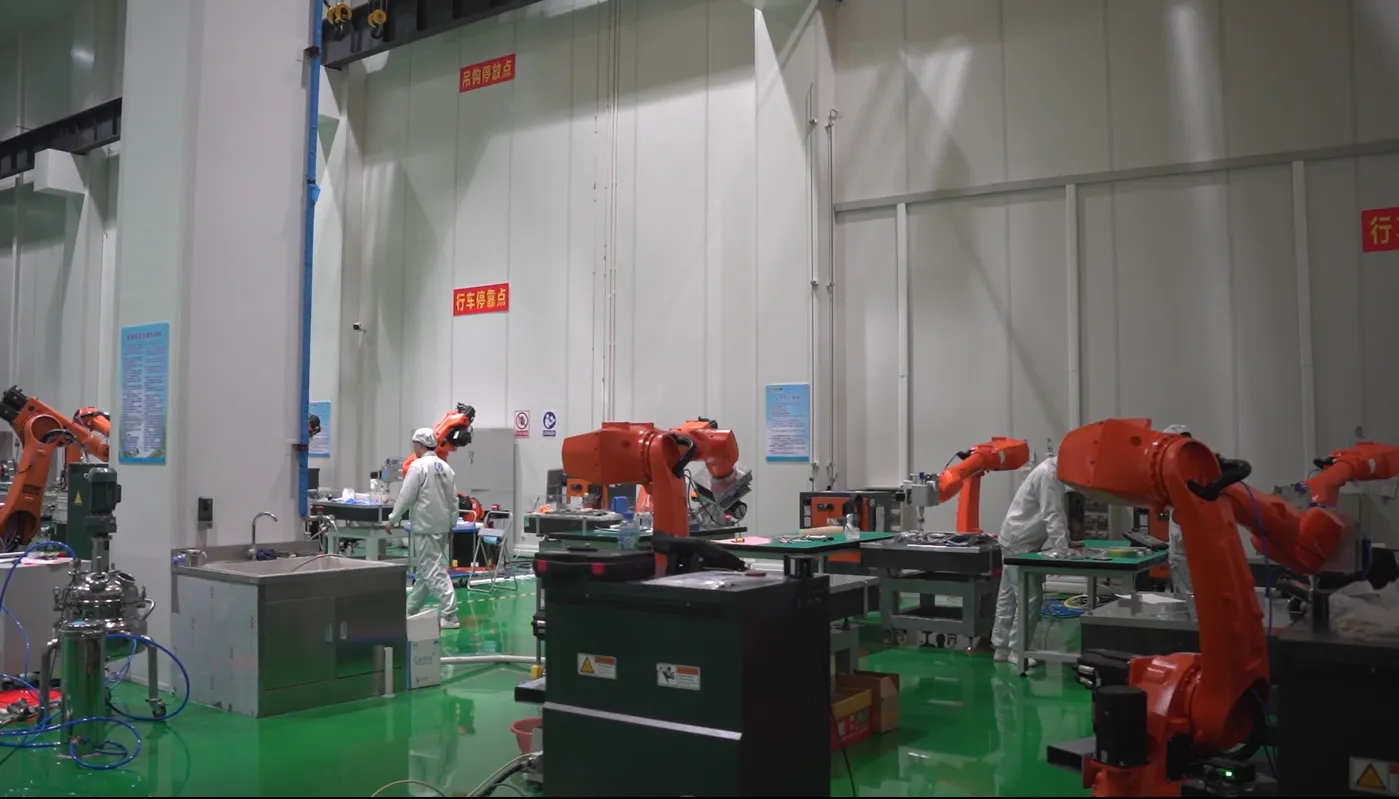
From what makes a good camera resolution to the cost of high-resolution cameras, this guide will explain everything you need to know.
What Is Camera Resolution?
Kusintha kwa kamera refers to the amount of detail a camera can capture, measured in megapixels (MP). One megapixel equals one million pixels, the tiny dots that make up a digital image. The more pixels a camera sensor can capture, the more detailed and sharp the image will be.
For example:
- A 12 MP cameraproduces images with approximately 12 million pixels.
- A 24 MP cameraproduces images with approximately 24 million pixels, offering higher detail.
However, resolution is not the only factor affecting image quality — sensor size, lens quality, and image processing also play critical roles.
What Is Digital Camera Resolution?
Digital camera resolution specifically refers to the resolution in digital imaging devices like DSLRs, mirrorless cameras, and smartphone cameras. It determines how large and detailed photos can be when viewed on screens or printed.
Common Digital Camera Resolutions:
- 8-12 MP: Standard for smartphones and compact cameras. Good for online sharing and small prints.
- 16-24 MP: Common in mid-range DSLRs and mirrorless cameras. Suitable for large prints and professional use.
- 30-50+ MP: Found in high-end and medium-format cameras. Ideal for large commercial prints, advertising, and art.
What Is Considered a Good Camera Resolution?
A good camera resolution depends on what you plan to do with your images:
|
Purpose |
Recommended Resolution |
|
Social Media / Web Content |
8 - 12 MP |
|
Everyday Photography / Family Photos |
12 - 20 MP |
|
Professional Photography / Prints |
24 - 36 MP |
|
Large Prints / Commercial Work |
36 MP and above |
Important Tip:
Higher resolution isn't always better for everyone. Higher megapixel cameras produce larger file sizes, require more storage, and can be overkill if you only share photos online.
High Resolution Camera Price: What to Expect?
High-resolution cameras offer incredible image detail but often come at a higher price. Here’s what to expect based on resolution ranges:
|
Resolution Range |
Camera Type |
Price Estimate |
|
12 - 20 MP |
Compact, Entry-Level Mirrorless/DSLR |
$400 - $900 |
|
24 - 36 MP |
Mid-Range Mirrorless/DSLR |
$1,000 - $2,500 |
|
40 - 50+ MP |
High-End DSLR / Medium Format |
$3,000 - $7,000+ |
Professional high-resolution cameras like the Canon EOS R5 (45 MP) or Sony A7R V (61 MP) are designed for photographers who require extreme detail for large prints or commercial work.
Also, medium-format cameras (like Hasselblad or Fujifilm GFX series) with 100+ MP resolutions can cost $10,000 or more, but they provide unmatched detail and dynamic range.
What Else Affects Image Quality Besides Resolution?
While kamera kusamvana is important, other factors impact the final image quality:
Sensor Size
Larger sensors (full-frame, APS-C, medium format) capture more light, improving dynamic range and low-light performance.
Lens Quality
A high-resolution sensor is only as good as the lens in front of it. Sharp, high-quality lenses ensure details are fully captured.
Image Processor
Modern cameras use powerful processors that reduce noise, enhance colors, and improve overall image quality.
Stabilization and Autofocus
Image stabilization prevents blur, and fast, accurate autofocus ensures sharp subjects — both crucial for clear, high-res images.
Kusintha kwa kamera is a key factor when choosing the right camera, but it should be considered alongside sensor size, lens quality, and other technical specifications. Whether you're looking for a good camera resolution for everyday photos or a high-resolution camera for professional work, understanding how resolution affects image quality and price will help guide your decision.
If you’re investing in a camera for professional use, working with trusted camera suppliers and understanding pricing for high-resolution cameras will ensure you get the best value for your budget.
Mayankho a Kamera FAQs
Q1: Is a higher resolution camera always better?
A1: Not always. While higher resolution captures more detail, it also creates larger files and may not be necessary for everyday use. A good camera resolution for casual use is 12-24 MP.
Q2: What is the best resolution for professional photography?
A2: For most professional work, 24-36 MP is ideal. For large-format prints or commercial projects, 40 MP and above may be required.
Q3: How does sensor size affect resolution?
A3: Larger sensors (like full-frame) can capture more light, which improves image quality. A high-resolution small sensor may not perform as well in low light as a lower-resolution large sensor.
Q4: What is the price range for high-resolution cameras?
A4: High-resolution cameras (40 MP and above) typically cost $3,000 to $7,000, with medium-format models exceeding $10,000 depending on features and brands.
Q5: Can smartphones compete with high-resolution cameras?
A5: Some smartphones now offer 48-200 MP cameras, but due to small sensors and lenses, they still can't fully match the detail and quality of professional cameras with larger sensors and high-end optics.








